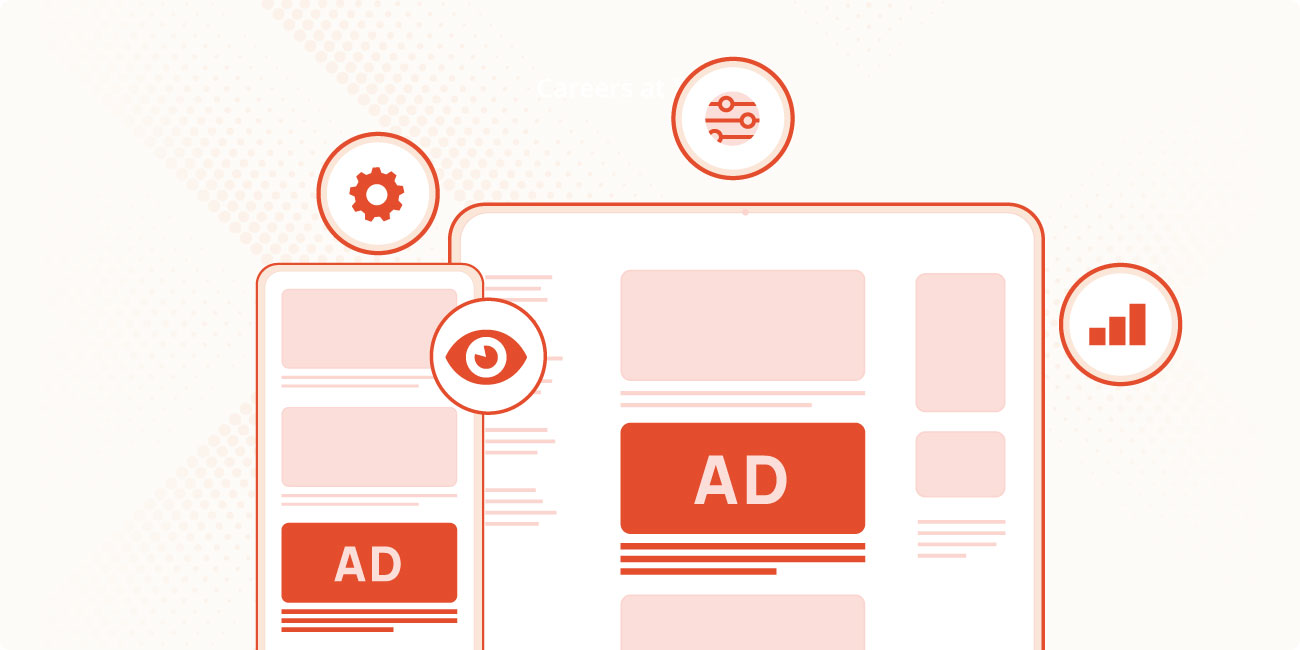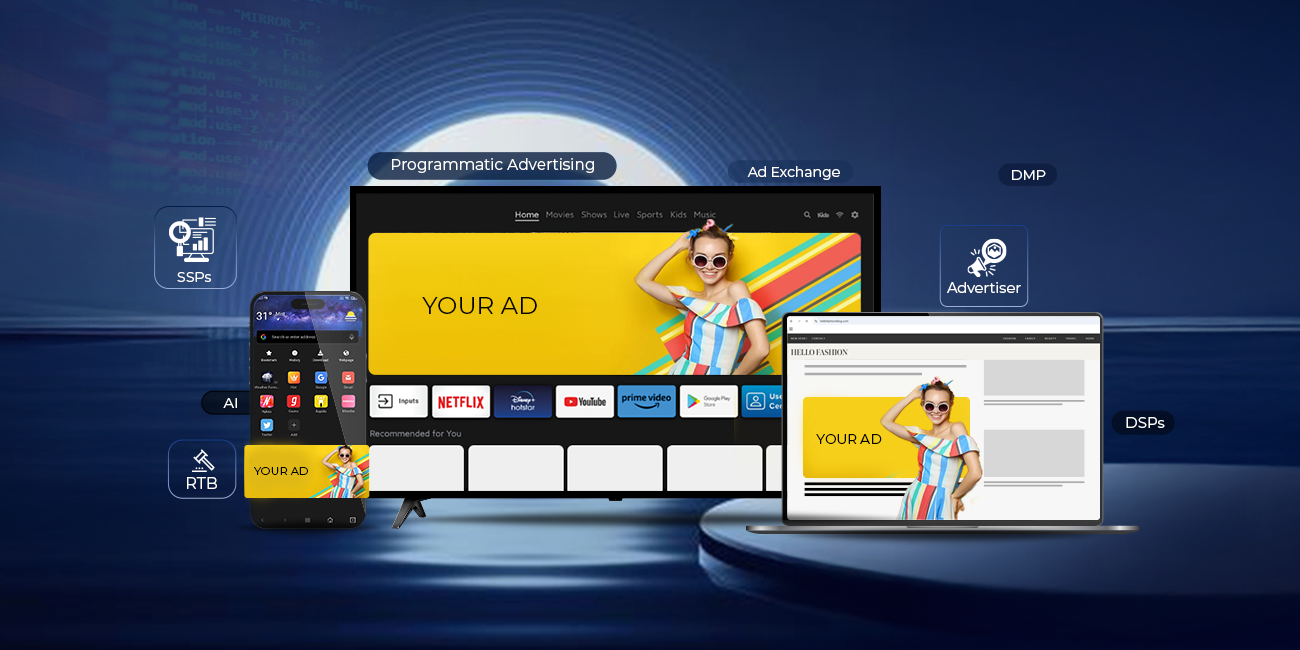
According to reports as far as 56.1% of Ads are remain unseen by the audience. Digital Advertising has been considered as the most efficient of all mediums since it came under the scanner. Not a matter of surprise as Advertising has always had to compete with the challenge of winning a users’ attention at the same time as not interfering on their privacy.
To Add these wretchedness comes the Ad blocker. This year only, Apple formed a bit of a stir when it declared that it would be adding an optional Ad blocking characteristic to its new version of iOS. As per the research report, it is believed that the publishers are about to lose $21.8 billion in the year 2015 and this number may almost get double and touch as much as $41 billion by 2016 due to such Ad blockers. Besides, the major issue is of Banner Blindness, where the user ignores the displayed banner. A study in 2013 suggested that about 86% of audience is suffering from Banner Blindness. People ignore banners, half of them are not viewable and more than half are ought to be accidentally clicked.
Although, increasing the number of views cannot always be the primary aim for any advertiser or brand. It is decisive to discover the correct equilibrium between reaching the correct audience, providing an optimistic user experience and enabling high viewers’ engagement to make sure the immense return on investment.
Keeping in mind all the challenges, there are two ways to meet them; firstly, the advertisers need to concentrate on producing improved creative content, banners etc. and secondly, Ad formats that solely focuses on viewers’ engagement and consent. The later part is more of an industry matter; for this mutually the brand and the media agencies will require to alter the way they buy and sell Ads.
According to Interactive Advertising Bureau (IAB) standards, an ad is said to be viewable when 50% of the Ad appears for one second or longer for display ads and two seconds or longer for video ads on screen. Viewability is calculated by the Active View Technology (AVT) on Display Network websites (DNW).
Declaring the move on the Official Google Blog, Brad Bender, VP (Product Management) of Google Display Network penned down that, “Soon, we’ll make the GDN one of the only media platforms where advertisers don’t pay for an ad impression unless it was viewable. This means your media dollars will only be spent where they can have impact. In the next few months, all campaigns that buy on a CPM basis will be upgraded to be viewable CPM (vCPM).”
The other agencies have also been vowing to bill for viewable Ads. But obviously, this does not give assurance that all the Ads served on these networks shall be viewable, but it clearly signifies that they will only raise bill to the clients for Ads that have been considered viewable. This practice is already in run and is catching immense popularity.
At the same time, the real issue is that many viewers in fact pay no heed to the Ads. Reason being the Ad fails to capture their curiosity. To solve this, the advertisers and brands cordially started becoming more innovative.
Nowadays, companies are coming up with modish ideas for hybrid generations. They are providing free in-app purchases, points etc. on various games for viewing Ads. This has enhanced viewability and hence, marketability too. In games like Hay Day and Angry Birds, by viewing Ads you can claim fixed gifts which are normally available in exchange of money.
In fact, Opera itself is working to create a number of creative Ad formats. For example, through its acquirement of AdColony, it now has the capability to stream HD video Ads without large lag. It has also formed a user initiated Ad unit, which functions like the Affinity solution.
The challenge for brands is crystal clear: create Ads that people can actually relate themselves with and ultimately they will see it, as the positive user experience shall be paramount priority for the marketers. And this may include the affluent media, smart use of the smartphone’s exclusive features, video or a simple banner Ad (well made).
Viewability is presently one of the biggest nightmares of the publisher, but with continuous innovation and determination, the advertisers and brands can chuck this problem out for sure.








